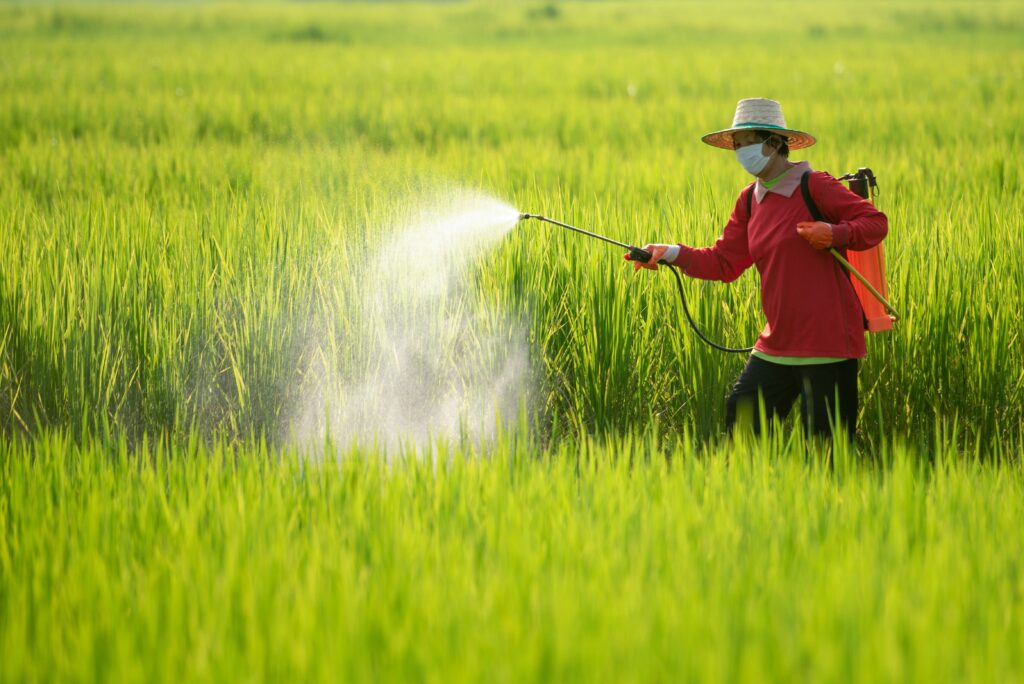Dr Bruna Rubbo, a Research Fellow at the University of Bristol and collaborator with the Centre for Pesticide Suicide Prevention (CPSP), shares insights into why pesticide bans are effective. It is based on recent research she led in collaboration with colleagues from the University of Bristol and CPSP.
*Warning: This article discusses suicidal behaviour. If you have questions on self-harm or feel suicidal, use this link to find an international helpline.*

Credit: Bannafarsai
Background
Having worked in the field of clinical and environmental epidemiology and in pesticide exposure more specifically, I’ve long been interested in how regulation can be a powerful tool in reducing suicide deaths.
Suicide is one of the leading causes of death worldwide and a public health concern.
Approximately 700,000 deaths are from suicides every year.
Although suicides vary between regions and countries, over three-quarters (77 per cent) of them occur in low- and middle-income countries (LMICs).
And a surprising statistic is that 20 per cent of suicides are a result of pesticide poisoning.
Our Review Findings
Our systematic review shows that there is strong evidence that banning highly toxic pesticides is one of the most effective ways countries to reduce both overall and pesticide suicide rates.
We searched through medical research databases for studies published since 2017 that looked at countries who had banned highly hazardous pesticides.
We found nine studies from six Asian countries – India, China, Mongolia, South Korea, Taiwan, and Japan- that looked at what happened after bans were introduced.
All nine countries reported significant reductions in pesticide suicides with declines ranging from up to 28 per cent to nearly 92 per cent.
In six of these studies, we used a method called time series analysis which looks at suicide rates over time, both before and after the bans – to ensure that the decline wasn’t just part of a longer-term trend.
Even then, we still saw drops between 28 and 61 per cent. Some of the studies also looked at overall suicide rates and not just those involving pesticides.
Of those five, four found that overall suicide rates went down by as much as 45 per cent after the bans.
Low intent to die: Why bans work
In many LMICs, most acts of self-harm involve no or low intent to die and this is a similar pattern seen in countries globally.
However, the difference in LMICs compared to high income countries, is that as highly toxic pesticides are easily accessible, a moment of crisis can become fatal.
Reducing access to these lethal means can help prevent deaths.
Global Health Priority
Our findings strongly support the World Health Organization’s goal to regulate hazardous pesticides as part of national suicide prevention strategies.
This is not just effective – it’s also very cost-effective.
Pesticide suicides have a very high economic cost.
In Sri Lanka, for example, a pesticide bottle costs 300 to 500 rupees, but treatment for poisoning can range from 100,000 to 500,000 rupees.
By restricting access to the most lethal means, countries can save thousands of lives each year.
Find out more


